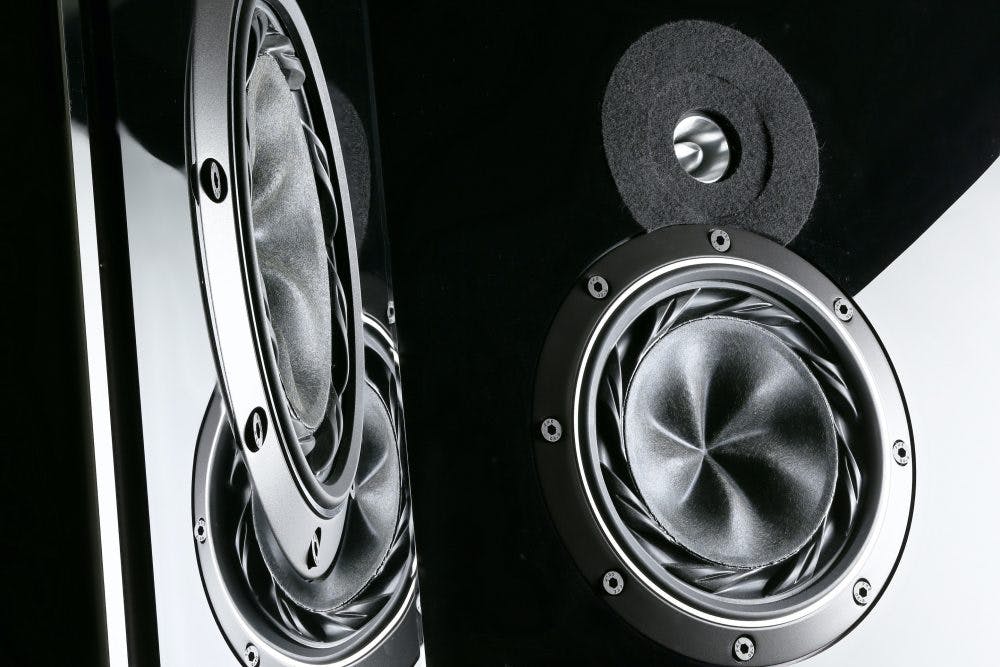All around the world there are more than 67’000 studio speaker setups measured and calibrated using Sonarworks SoundID Reference software. After the measurement process is complete, users can choose whether to design their own custom target or choose flat. As seen in the graph, in absolute majority or 73% of cases the flat target is the preferred choice, while for the rest of the speaker systems various custom targets are used. What’s more, usually the custom targets are within a few dBs from flat.

These findings are in line with the consensus in the pro audio industry—working on a flat-sounding full-range speaker system in an acoustically treated room leads to the best results. When interviewing sound professionals among our users, there are two main reasons behind choosing the flat calibration target. First, such a playback system gets rid of frequency masking, therefore it’s the best target for critical listening. Second, content that’s created on a flat-sounding system translates from studio to consumer listening environment with the greatest accuracy. In contrast, there’s more variation in user arguments why they choose custom targets. Some prefer to increase a specific frequency range by a few dBs purely for enjoyment, while others like to work with a more hyped target in the early stages but return to flat when finalizing their work. The feature is also used to compensate for hearing damage and other more niche use cases.
We have demonstrated evidence that the majority of professional audio work is done using a flat sound target. This means that playback using flat-sounding sound systems is the closest to the original artist’s intent, however, is it the right sound for consumers? That is one of the questions we answer in our latest whitepaper.
Continue reading What is flat sound and should I care?




